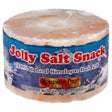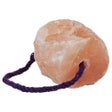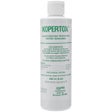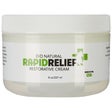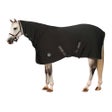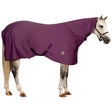Winter Horse Care Tips
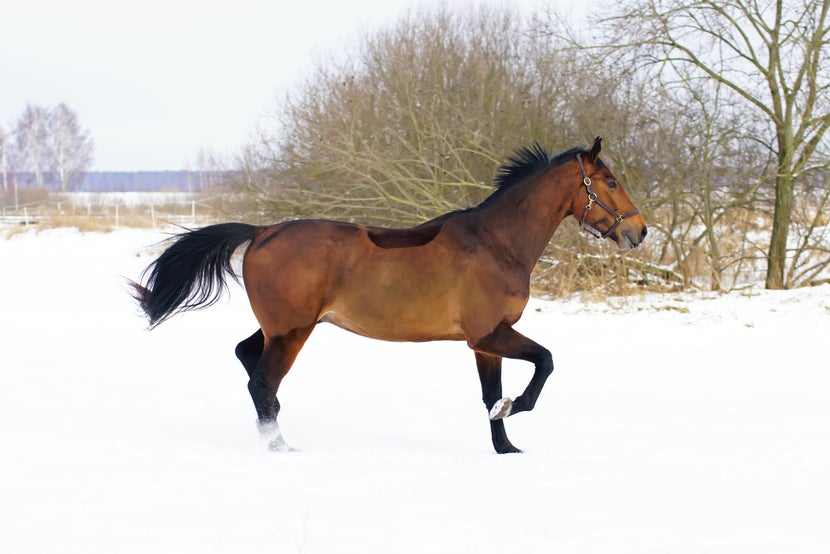
The wintertime brings about all sorts of weather with it, from heavy rain to mud to snow—and everything else in between! Maintaining the health of your horse during this change of season can be challenging, especially if you are tackling a harsh winter with your horse for the first time. Luckily for our readers, we partnered with RW-sponsored rider Renae Cowley for her expert tips on how to make it through the frigid months. Having lived in Utah for quite some time, she has learned plenty of tricks along the way from her own winter woes. Keep reading to learn about how to best care for your equine during winter, from supplementation to blanketing and more!
Winter Horse Care Guide
In Utah, the seasons look like this: winter, second winter, fake spring, third winter, two weeks of real spring, surface-of-the-sun hot summer, then back into three more months of final winter. In all seriousness, it is unbelievably cold where we live. Out of sheer necessity, we have become winter horse care experts. Now that the snow is here, I wanted to share with you a few tips I have learned over the years to keep my horses happy, healthy, and warm.
#1) Hydration
Clean, fresh water is critical year-round, not just in the hot summer months. Winter can provide extra challenges to keeping horses hydrated if their water trough freezes. There are some really cool heated buckets on the market that keep water from freezing, or you can spring for another heating element.
#2) Salt Licks
Salt and minerals are so important to aid in proper cellular function. Don't skimp on salt licks during winter months! In drier months, it's fine to put the salt lick on the ground; however, it can dissolve faster when it's wet, wasting your investment. I like these Horsemen's Pride Jolly Pet Himalayan Salt Licks that can be tied to their fence or stall.
#3) Grooming in the Mud
Winter typically means mud season, and mud can be dangerous if you aren't monitoring your horses carefully. Prolonged exposure can cause scratches, too-soft hooves, and thrush just to name a few. Also, mud caked into winter hair can actually hinder the awesome natural insulating properties of a horse's coat. Just a few recommendations here: invest in a good curry comb and use it often to knock off dried mud from their coats and legs. Do your very best to keep high-traffic areas (where they eat, drink, and lay down) as dry as possible. Pick out their hooves regularly, whether you are riding them or not. I apply Zoetis Kopertox Water-Resistant Thrush Hoof Treatment once or twice a week to avoid thrush. Keep Draw it Out Rapid Relief Equine Restorative Cream on hand for scratches.
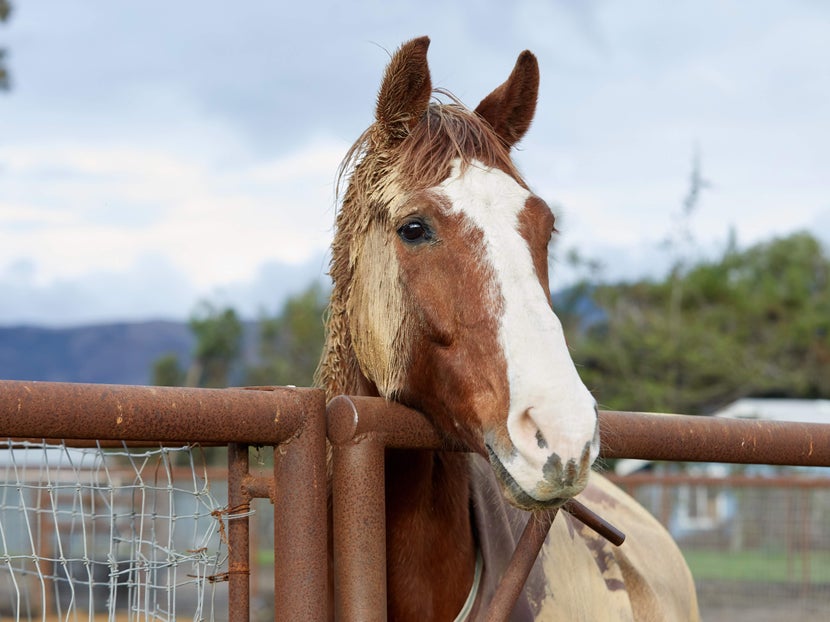
Read more of Riding Warehouse's tips and tricks in their Winter Horse Grooming Guide!
#4) Blankets
Okay, let's get into the controversial topic: to blanket or not to blanket. Some horse owners live and die by blanketing their horses while others have never even owned a turnout sheet. My personal belief is that Mother Nature gave horses great tools to stay warm naturally; however, if the temps drop past a certain point or there is blowing snow that could create ice under their natural winter coats, I'll blanket my horses. I do not leave blankets on all season for two reasons. First, it inhibits their ability to grow a fluffy, warm coat. Second, my fire-breathing dragons pose too big of a risk of getting hung up on a fence, feeder, shelter, or imaginary monster. Seriously, they are so accident-prone!
My recommendation is to follow your heart, monitor your horse's condition closely, and use your best judgment for your individual horse's needs. If they are shivering, they DEFINITELY need a blanket. If you blanket them only when needed, consider setting up a target temp that you know they should have a blanket and watch the weather forecast. Since I'm most worried about icy canyon winds where I live, I watch wind forecasts like a stock broker watches the NASDAQ. Before investing in a blanket, read these really helpful blanket articles by Riding Warehouse about weights and how to measure your horse for an optimal fit.
#5) Cooling Fleece Sheets and Blankets
If you live in a cooler climate, let's just be honest—riding can really suck! Not only are the days shorter and temps colder, but our equine companions can look more like mud rats than unicorns. Don't even get me started on how messy they look when their winter coat is matted with sweat! I only discovered a handful of years ago the magic of a sweat-wicking fleece cooler; it cuts down half the time it takes for their sweat to dry. Never turn them out in the cold when they are still wet with sweat! Again, you can read this article on how to measure your horse for a blanket to know what size to get.

#6) Shelter
It's very important to me that my horses have a place to escape the elements. Although we don't have an indoor barn yet, we do have loafing sheds in their pastures. Before installing them, we studied what direction the wind typically blows, where the storms roll in from, and what direction the sun faces during the hottest months. We strategically placed our sheds facing the direction to give our horses the most protection possible.
#7) Training
Most competitions across all disciplines are on break in the winter, or at least drastically slow down. It's a good time to give your horse more rest or try something different with them to keep them fresh and loving their jobs. This time of year, I try to give my seasoned horses a rest from barrels and do more reining-style training, trail rides, and checking cows.
#8) Old and Young Horses
Extreme temperatures in either direction are the hardest on very young and very old horses. Be mindful of changing temps, and monitor your babies and geriatrics closely.
Closing Thoughts
 (1).jpg&nw=830)
Photo Credit: Chris Dickinson @CDPhotog
We found Renae's tips on how she cares for her horses during the frigid months insightful, and we hope you discovered a new trick or two to implement in your own winter survival plan. Should you have any questions, please feel free to reach out to our friendly customer service team at 1-800-620-9145 or info@ridingwarehouse.com. Let's close with some of Renae's finishing thoughts:
"Winter is actually my favorite time of year, and I'm so grateful to live in a place that is more beautiful than any Hallmark movie. This beauty, however, isn't all sleigh rides and hot chocolate. By following some of these simple steps, your horses can stay happy, healthy, and ready to jingle all the way back into the show pen come spring!"
- Renae Cowley, RW-Sponsored Rider
